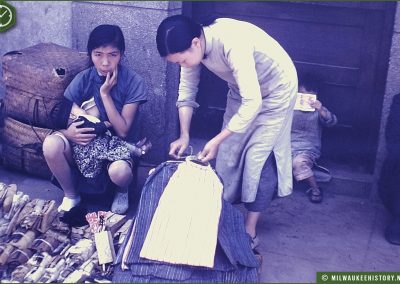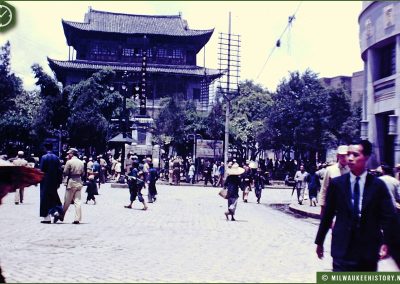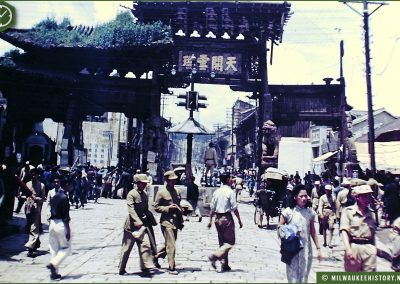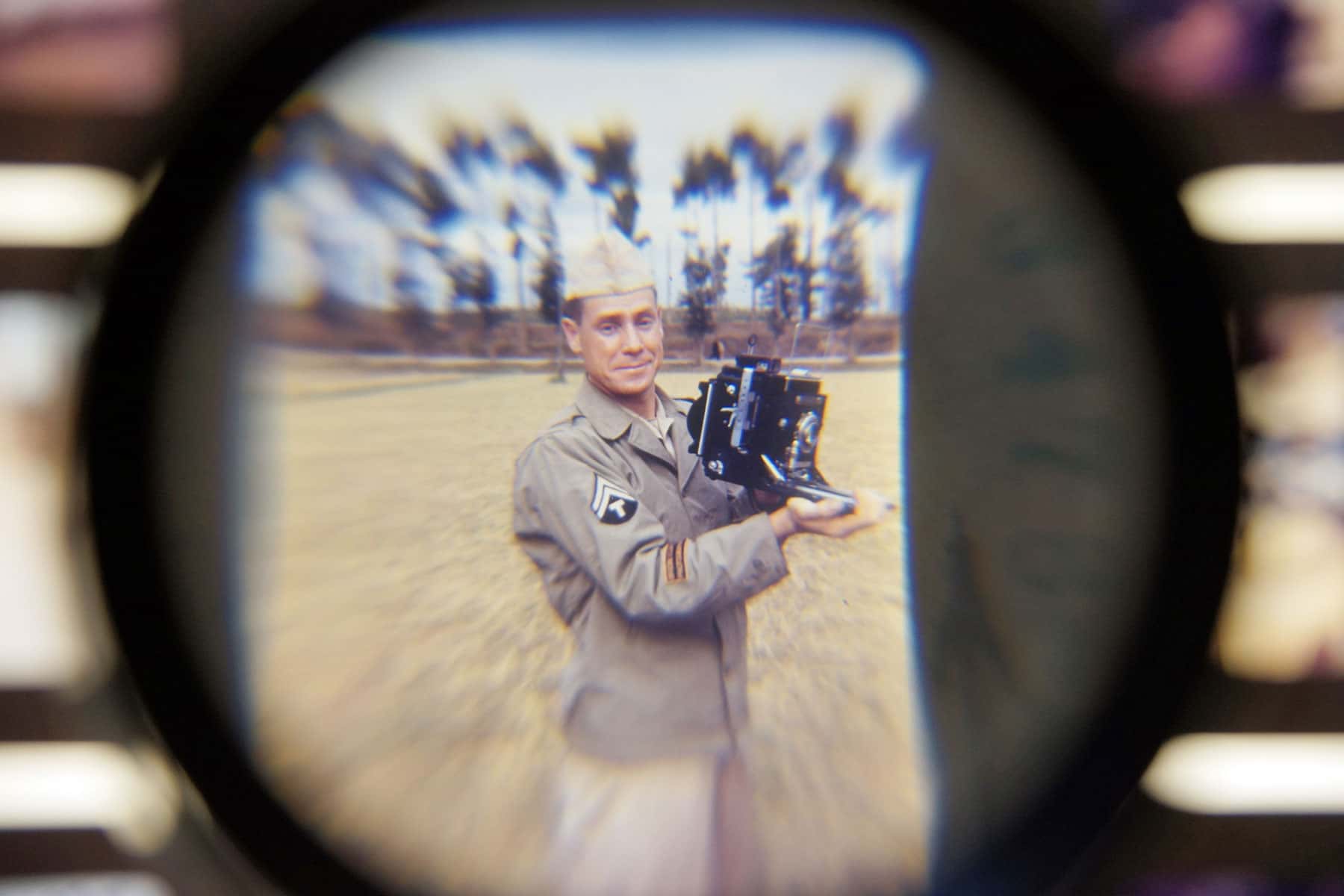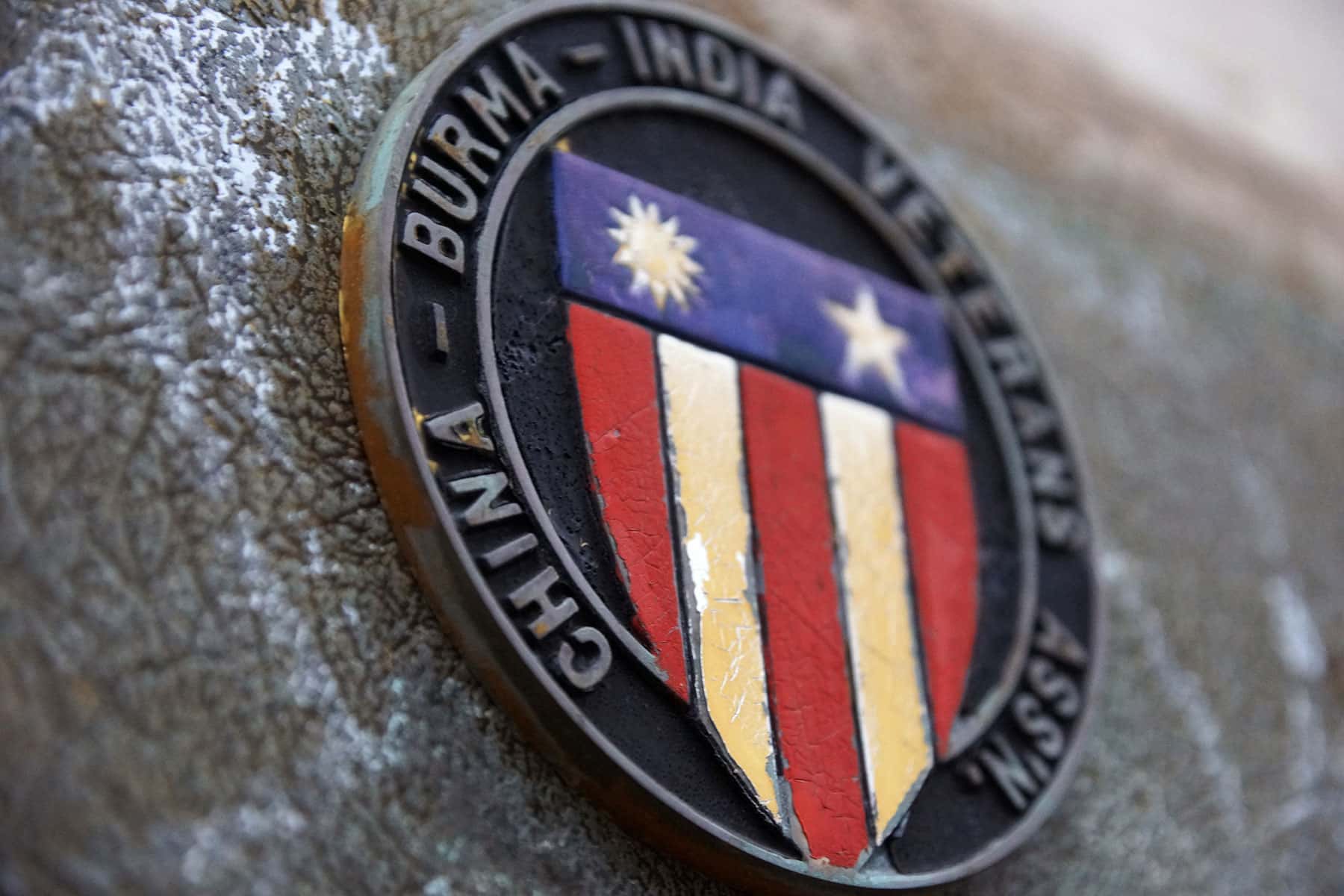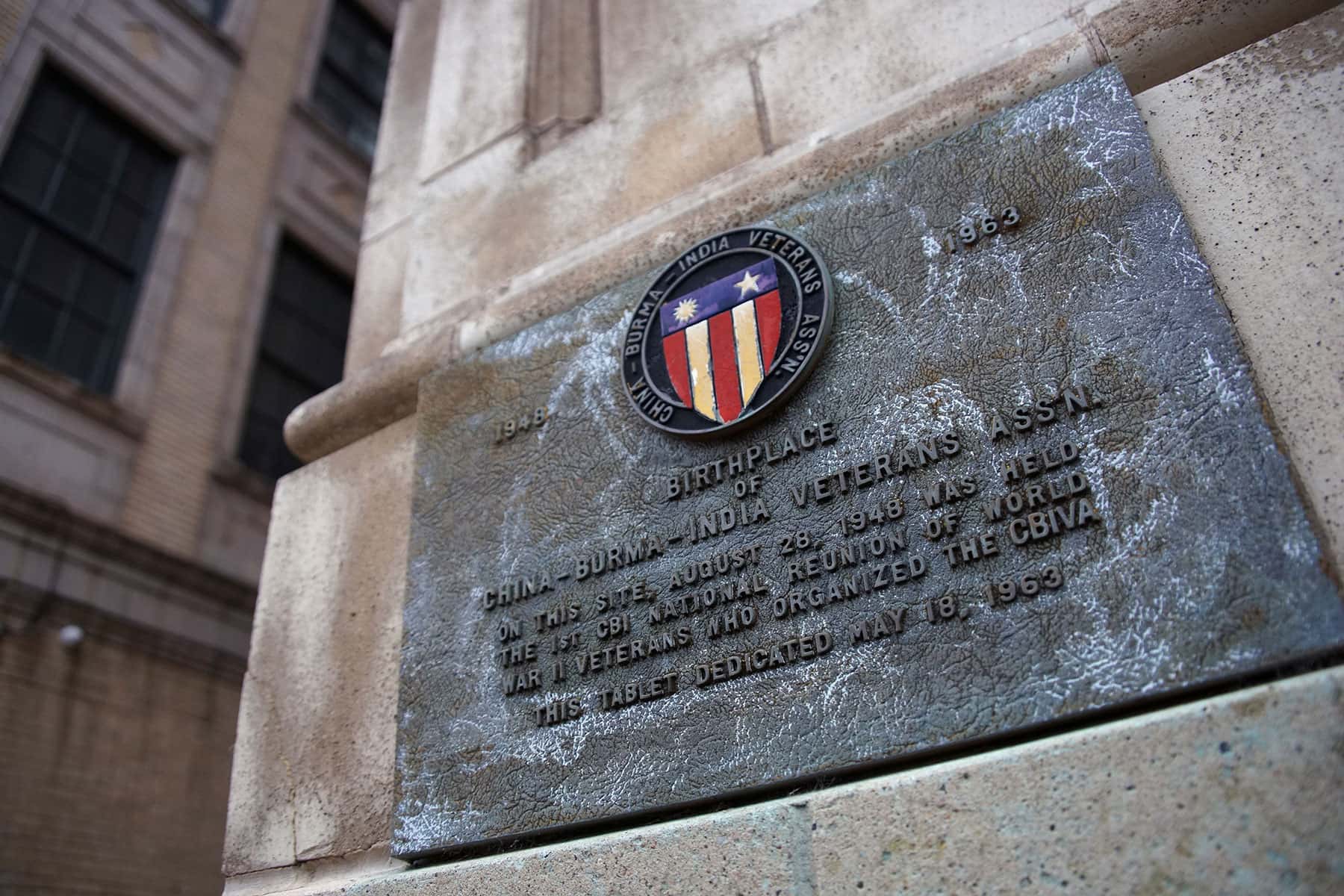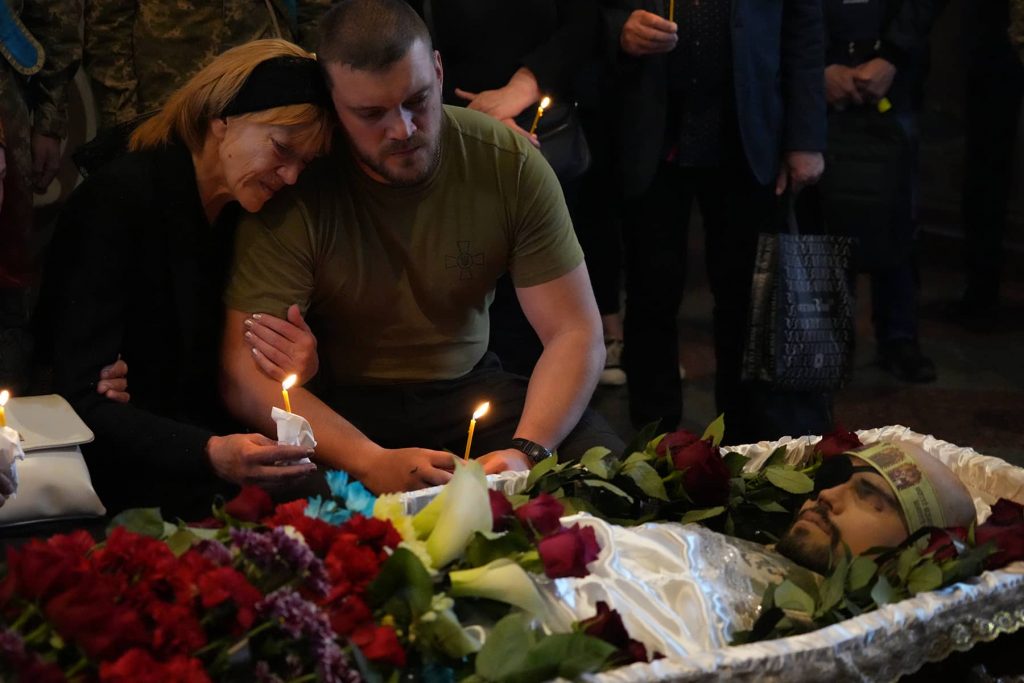
The social media post to a veterans group and a commemorative marker along Old World 3rd Street connected one of Milwaukee’s most famous photographers to a rare and unexplored history in the Orient.
Read the featured article, view the historic photo essay, and listen to the audio interview that were produced for this news report.
Displayed in the obscurity of plain sight, on the former Hotel Wisconsin building, is a 1963 dedication to the 1948 creation of the World War II China-Burma-India (CBI) Veterans Association. It was the only national organization representing veterans from the entire CBI theater of operations, and it was founded in Milwaukee. One of those veterans was Lyle Oberwise.
While John Gurda is beloved for his historical research and writings about the city, Oberwise is legendary for his meticulous photographic documentation of Milwaukee over the decades from 1945 to 1993. The Milwaukee County Historical Society (MCHS) purchased the entire Lyle Oberwise image library from local collector John Angelos in 2003, consisting of 45,000 black and white photographs and Kodachrome color slides.
One of the best presentations of his photography remains the popular book “Milwaukee at Mid-Century: The Photographs of Lyle Oberwise,” produced by the Milwaukee County Historical Society. It features more than 150 color pictures by the reclusive photographer, showing highlights from Milwaukee’s lost landmarks and past generations.
Oberwise walked the streets cataloging every kind of topic possible, from parades and movie openings, to construction sites and architectural demolitions, to trains and streetcars, to taverns and ballgames, and mundane events of everyday life. What remained less known was his life before Milwaukee, and how those experiences influenced his eye for taking pictures.
During World War II, Oberwise served in the United States Army as a military photographer with the 3374th Signal Photo Corps, and travelled between China, Burma, and India. The CBI material is probably the least known of his extensive collection, and the experience allowed him to hone the skills that he would use to capture Milwaukee moments for the rest of his life.
Steve Schaffer, Assistant Archivist at MCHS, has passed by the CBI Veterans Marker every day and understood its significance, because his father had also served in the Pacific Theater. A Facebook page, Remembering the CBI, had been created to raise awareness about that chapter of the war, to acknowledge veterans who had long been overlooked.
One of Schaffer’s recent social media posts, of an Oberwise photo in the CBI group, came as an unexpected revelation. The picture featured a flag of Taiwan, a location of particular interest around Milwaukee in light of the Foxconn deal. However, the photo actually pre-dated modern Taiwan, as Oberwise took it in 1945 while stationed in the Mainland Chinese city of Shanghai. At that time, the flag had been the symbol of the Republic of China.
A private interest in the story led the Milwaukee Independent to visit MCHS and investigate Oberwise’s experience in Asia, the photographs he captured, and his connection to the Milwaukee-based CBI veterans organization. The Oberwise Collection of 45,000 images is cataloged and available for research purposes. But relatively little had been digitized until recent years.
”I became fascinated with with the collection, just by how much had not been processed. So I began to actively look through and scan items of interest,” explained Schaffer. “We periodically give a popular PowerPoint presentation, which I call the ‘slide show in the basement that everybody wants to be at.’ It was basically put together to promote our Oberwise book, and I began to add later images from the 1970s, 1980s, and 1990s to fill out its content.”
The massive collection includes vacation pictures to Arizona, trips Oberwise took to Illinois, and locations that fall outside the Milwaukee area. The mission of MCHS primarily focuses on Milwaukee County, and that is also where the primary concentration of interest is. Schaffer knew of the CBI pictures, because they contained the only photo of Oberwise posed with a camera in his Army uniform. Just before leaving to give another slide show, he decided to add it.
“I scanned his image, then I just picked another that had the Chinese Nationalist flag. I thought it was cool, and I wanted to include it as another facet of his experience,” Schaffer said. “Oberwise is such a fascinating character, and the scope of his work is amazing. So I thought an extra image would be a nice nod to the around 600 he took in the China-Burma-India Theater. It’s not that we didn’t know they were there. It’s just that they were never really utilized, because no one came in to do research on the China-Burma-India Theater.”
CBI was the United States military designation during World War II for the China and India-Burma theaters, overseen by General Joseph Stilwell, the Deputy Allied Commander in China. The term “CBI” was significant in logistical, material, and personnel matters. Well-known Allied units in the CBI included the Chinese Expeditionary Force, the Flying Tigers, and the 5307th Composite Unit popularly known as “Merrill’s Marauders.”
The Republic of China, under the leadership of Chiang Kai-shek, was recognized as one of the Big Four of the Allies during the WWII, and became one of the Five Permanent Members of the United Nations Security Council. Founded chiefly by Sun Yat-sen in 1912, the Kuomintang (KMT) Nationalist Party, lost the Chinese Civil War in 1949. The Nationalists eventually retreated to what was then Republic of Formosa, known as the island of Taiwan today.
It is significant that Wisconsin has just entered into a contract with Foxconn. Known as Hon Hai Precision Industry Co., Ltd., the company is a Taiwanese multinational electronics manufacturer.
“I would hope that some of the interest in the Oberwise China-Burma-India photographs come from people at Foxconn, who perhaps have ancestral memories or a legacy of stories concerning the old Kuomintang government.” said Schaffer. “I think just the fact that these are the only pictures Oberwise took oversees would drive interest for an exhibit in Milwaukee. And that weight would attract national and international attention to this Milwaukee treasure.”

